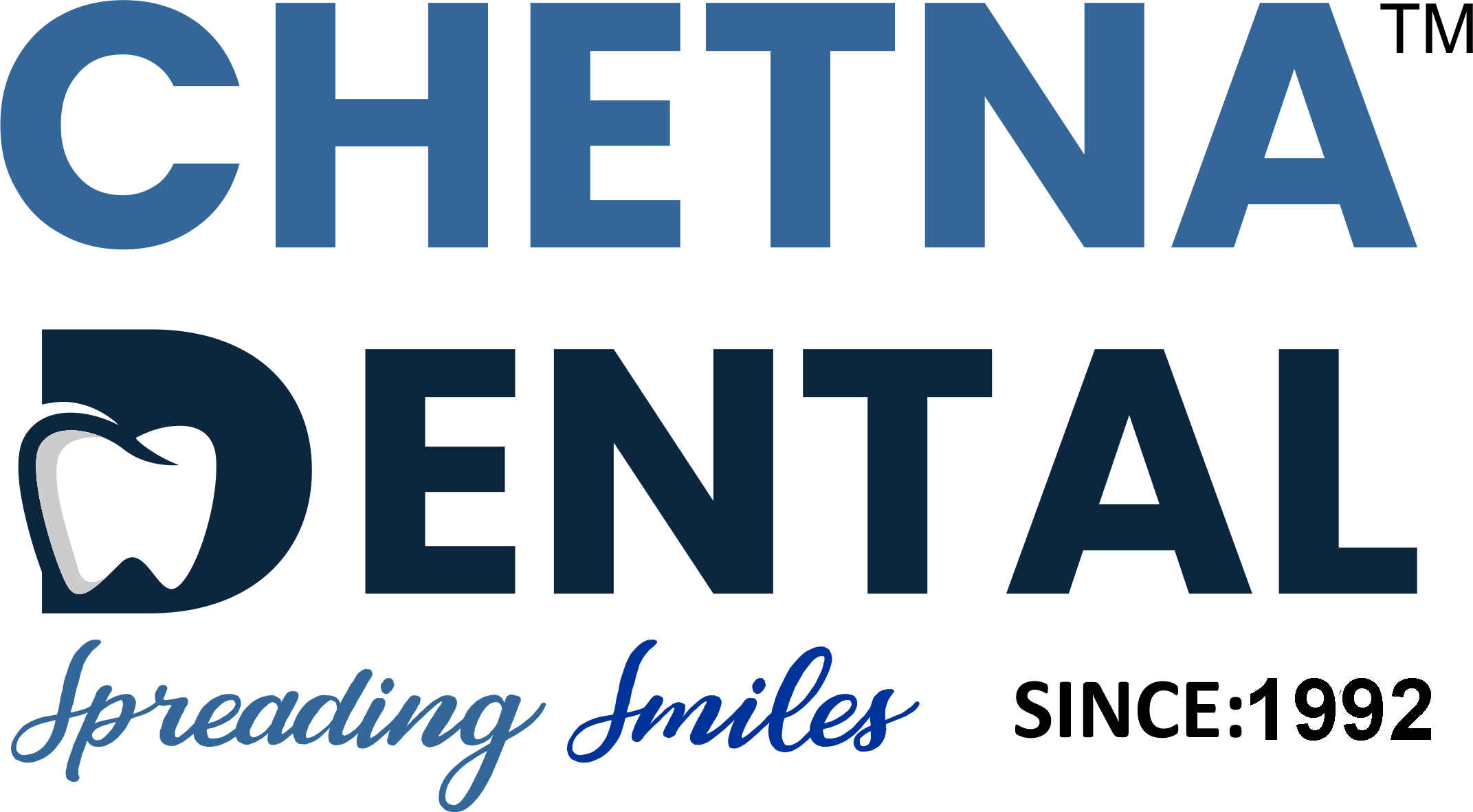The word ‘debit’ comes from the Italian term ‘debito‘, which comes from Latin term ‘debita‘. So, it is the destination that enjoys the benefit of the transaction. If you understand the components of the balance sheet, the formula will make sense to you.
In a nutshell, when a financial transaction occurs, it affects two accounts. Debit and credit are two important accounting tools that provide a base for every business certified b corporation transaction. The total of debits should always be equal to the credits. If the debt is not equal to the credit, the accounting transaction will not be in balance.
Understanding Debit (DR) and Credit (CR)
Asset accounts, including cash, accounts receivable, and inventory, are increased with a debit. Expense accounts are also debited when the account must be increased. When a business incurs a net profit, retained earnings, an equity account, is credited (increased).
- Even in smaller businesses and sole proprietorships, transactions are rarely as simple as shown above.
- The data in the general ledger is reviewed and adjusted and used to create the financial statements.
- And on the other hand, Gains, Income, Revenues, Liabilities, and Stockholders’ Equity accounts are increased with credit; you can use an acronym as “GIRLS.”
- When it comes to the DR and CR abbreviations for debit and credit, a few theories exist.
The debit balance, in a margin account, is the amount of money owed by the customer to the broker (or another lender) for funds advanced to purchase securities. For example, if Barnes & Noble sold $20,000 worth of books, it would debit its cash account $20,000 and credit its books or inventory account $20,000. This double-entry system shows that the company now has $20,000 more in cash and a corresponding $20,000 less in books.
In an accounting journal entry, we find a company’s debit and credit balances. The journal entry consists of several recordings, which either have to be a debit or a credit. In accounting, all transactions are recorded in a company’s accounts. The basic system for entering transactions is called debits and credits.
Debit is left and credit is right
This means that the total debits are more than the total credits in each account. Assets are items the company owns that can be sold or used to make products. This applies to both physical (tangible) items such as equipment as well as intangible items like patents. Some types of asset accounts are classified as current assets, including cash accounts, accounts receivable, and inventory. These include things like property, plant, equipment, and holdings of long-term bonds.
Debit vs. Credit Transactions
Debit and credit entries are essentially the foundation of your accounting records. Liabilities and equity are on the right side of the balance sheet formula, and these accounts are increased with a credit entry. The journal entry includes the date, accounts, dollar amounts, and debit and credit entries. An explanation is listed below the journal entry so that the purpose of the entry can be quickly determined. In daily business operations, it’s essential to know whether an account should be debited or credited.
Are liabilities a debit or credit?
If a company pays the rent for the current month, Rent Expense and Cash are the two accounts involved. If a company provides a service and gives the client 30 days in which to pay, the company’s Service Revenues account and Accounts Receivable are affected. One way to remember is the question, “Is there any red port wine left in the bottle? ” You can now remember that the port is red and on the left side. When you are on a ship, the terms left and right would be confusing.
Although your cash account was credited (decreased), your equipment account was debited (increased) with valuable property. It is now an asset owned by your business, which can be sold or used for collateral for future loans, for instance. To know whether you should debit or credit an account, keep the accounting equation in mind. Assets and expenses generally increase with debits and decrease with credits, while liabilities, equity, and revenue do the opposite. Inventory is an asset, which we know increases by debiting the account. When an item is purchased on credit, the company now owes their supplier.
By using debit and credit cards, it is easy to buy, and it is also convenient to make purchases online. Debit cards allow you to spend the money through the withdrawal of funds that you have deposited at the bank. And credit cards allow you to borrow money from a card issuer.
Both cash and revenue are increased, and revenue is increased with a credit. The formula is used to create the financial statements, and the formula must stay in balance. Suppose a company provides services worth $500 to a customer who promises to pay at a later date. In this case, the company would debit Accounts Receivable (an asset) and credit Service Revenue. Larger companies sometimes invest in other companies. Smaller firms invest excess cash in marketable securities which are short-term investments.
The first three, assets, liabilities, and equity all go on the company balance sheet. The last two, revenues and expenses, show up on the income statement. For example, upon the receipt of $1,000 cash, a journal entry would include a debit of $1,000 to the cash account in the balance sheet, because cash is increasing. If another transaction involves payment of $500 in cash, the journal entry would have a credit to the cash account of $500 because cash is being reduced. In effect, a debit increases an expense account in the income statement, and a credit decreases it. In short, balance sheet and income statement accounts are a mix of debits and credits.
